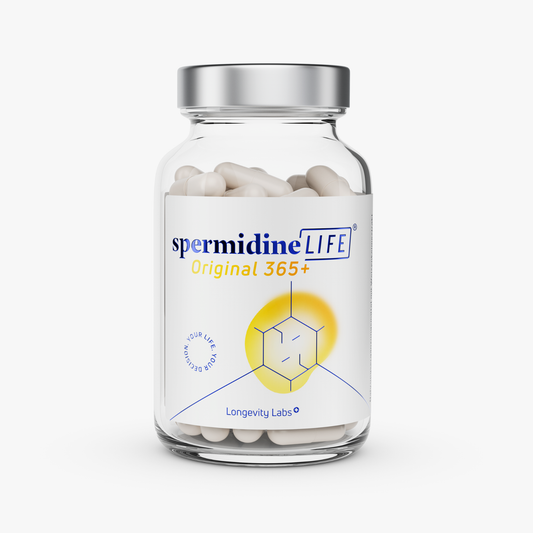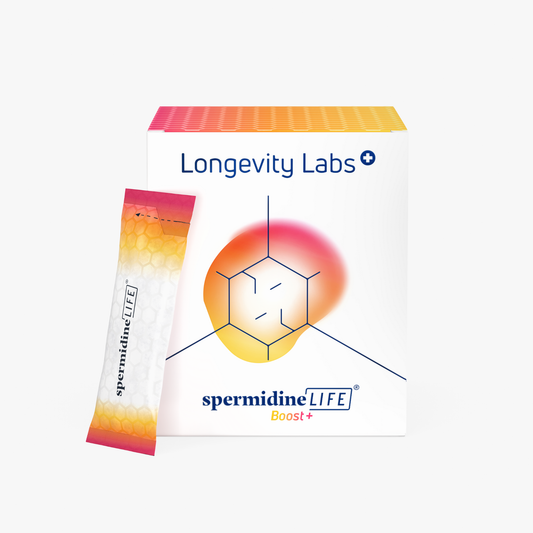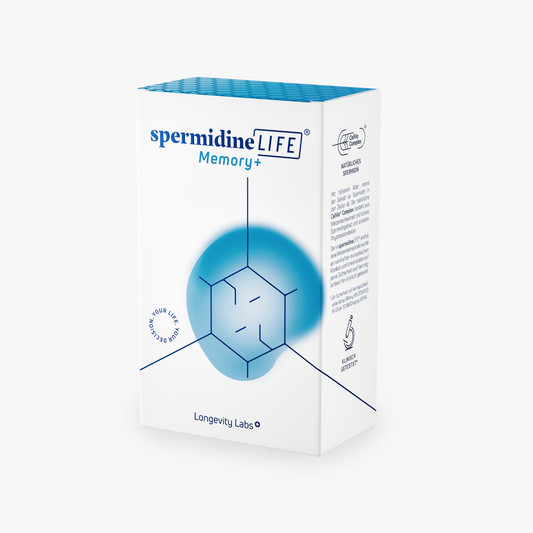
Things to Know About Intermittent Fasting
Fasting,Nutrition, TLL LongevityLabsIntermittent fasting involves short periods of food intake with longer periods of abstinence from food. So it's primarily about when to eat and not so much about what to eat. Fasting expert Sandra Exl shows you what health benefits intermittent fasting has and in which forms you can practice it.
Fasting is considered the oldest form of therapy of mankind and already Hippocrates treated its patients before 2400 years with the temporary food abstinence. In the last years fasting gained again strongly in popularity, because of the amazing health-promoting effects research discovered. Many people now take advantage of the many benefits of this diet. Particularly for health care and weight control, but also as an accompanying therapy to many ailments, intermittent fasting can be a very effective measure.
One differentiates in principle the therapeutic fasting, which lasts several days to weeks, from the intermittent fasting, with which over shorter periods of several hours up to two days one fasts. This short-term fasting is a diet for everyday life, while therapeutic fasting is carried out as interventions once or several times a year.
Intermittent fasting for prevention and therapy of diseases
Intermittent fasting is an effective protection against obesity and various diseases. Through the regular phases of caloric restriction, we give our body the opportunity to switch on cleansing and repair mechanisms in our cells and genes. Degenerated cells, deposits, storage fat and pathogens are broken down at an early stage and thus have a poor chance of accumulating and multiplying. This way we can effectively prevent many diseases or positively influence their course. There is already some good study material on the prevention and therapy of the following diseases in particular:
Diabetes type 2
Intermittent fasting can very effectively improve insulin sensitivity. This lowers on the one hand the risk to develop type 2 diabetes and on the other hand, an already existing illness can be reversed.
Overweight and fatty liver
Intermittent fasting boosts metabolism and fat burning and helps combat obesity. Not only the total weight can be reduced, but especially the visceral fat, which surrounds the organs in the abdominal cavity and is a health concern. An existing fatty liver can be reduced very effectively by regular fasting phases.
After a short period of adaptation, intermittent fasting can also help to reduce excessive appetite and frequent cravings for snacks and support the development of healthier eating habits.
Cardiovascular diseases
Regular food breaks seem to play a significant role in the prevention of cardiovascular diseases (heart attack, stroke, etc.). It has been observed that interval fasting improves the regulation of blood pressure as well as cholesterol levels and inflammatory markers.
Cancer
In the prevention of cancer, fasting can also contribute by allowing the body's repair mechanisms to work more efficiently and eliminating degenerate cells at an early stage. For some years fasting has also been used in special clinics to accompany cancer therapy.
If you would like to know more about this, please see an interview with Prof. Dr. Andreas Michalsen, in which he goes into more detail.
Neurodegenerative diseases (dementia, Parkinson's disease, multiple sclerosis).
Food breaks apparently also have a protective function on the brain and make it more efficient. Regular fasting lowers the risk of neurodegenerative diseases and can generally improve brain function. Memory and thinking ability can be maintained into old age. Fasting prevents protein deposits in the brain, which are considered one of the causes of many forms of dementia.
Gut microbiome and immune system
Fasting also affects the composition of the gut microbiome. Regular breaks from eating allow certain bacteria to multiply more than others. The diversity of health-promoting gut inhabitants increases and they also become more resistant to stress. This effect is particularly pronounced when you first fast for several days and then maintain it through intermittent fasting.
Also the psyche profits
Other benefits of intermittent fasting include an increase in well-being and a reduction in feelings of stress. One of the reasons for this is that our feel-good hormone serotonin has an increased effect.
Increase in life expectancy
Intermittent fasting undoubtedly optimizes cellular functions and strengthens the immune system. Thus, it is reasonable to assume that this could increase life expectancy. This has already been demonstrated in many animal species studied, and in humans, more and more research data points to this.
The different types of intermittant fasting
Intermittent fasting according to the 16:8 method
The 16:8 method is the most commonly practiced form of intermittent fasting. It can be easily integrated into everyday life for most people. It involves fasting for 16 hours a day, extending the night fast, and eating 2-3 meals in the 8-hour period.
During the fasting period, only water, tea and black coffee are allowed. In the acclimatization period it can be a bit unusual not to eat immediately when hunger knocks, but soon this eating rhythm becomes a habit. The great advantage of this method is that you can use it very flexibly. Whether you eat breakfast late or dinner early is up to you. If you get along well with this method, you can also extend the phase of not eating to 18 hours in between.
Alternating fasting (or 10in2 diet): Eat one day and fast one day
Fasting every other day is also a common variation of interval fasting. Eating days and fasting days alternate (they alternate). In most cases, a small amount of calories is consumed on the fasting day (up to a maximum of 500 kcal), e.g. in the form of vegetable soup and freshly squeezed juice. The fasting period in this method lasts 36 hours, i.e. from dinner to breakfast the day after next.
The name "10in2" comes about in the following way: The 1 stands for a day on which one eats. The 0 stands for the following fasting day. "in2" means "within 2 days", so it refers to the time period in which one eating day and one fasting day takes place.
The 5:2 method
This type of interval fasting is a "light" version of alternate fasting. You fast on two (usually non-consecutive) days a week. Again, small amounts of calories are allowed on the fasting days (see alternate fasting). With both of these methods, the reduced nutrient intake on fasting days makes it all the more important to eat a diet rich in vital nutrients on meal days. It is best to eat plenty of vegetables, legumes, whole grains, nuts and seeds, high-quality oils and fruits.
Guest contribution of Mag. Sandra M. Exl (author & certified welfare fasting companion)

Sandra Exl has a degree in biology, is a certified fasting guide and author of the book "Einfach Fasten". She works as an editor in the team of Lanaprinzip Publishing e.U. and writes about the topics of healing fasting and nutrition. With 25 years of fasting experience and many popular YouTube videos about therapeutic fasting, she is one of the best-known fasting experts in the German-speaking countries.






